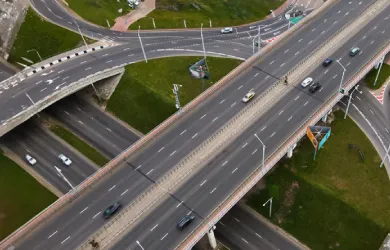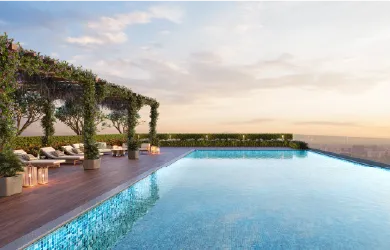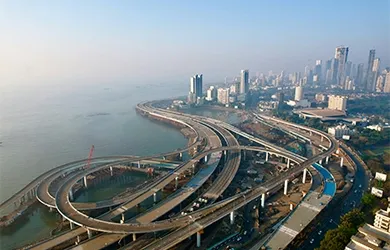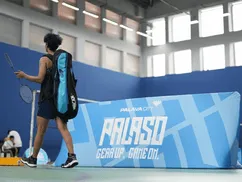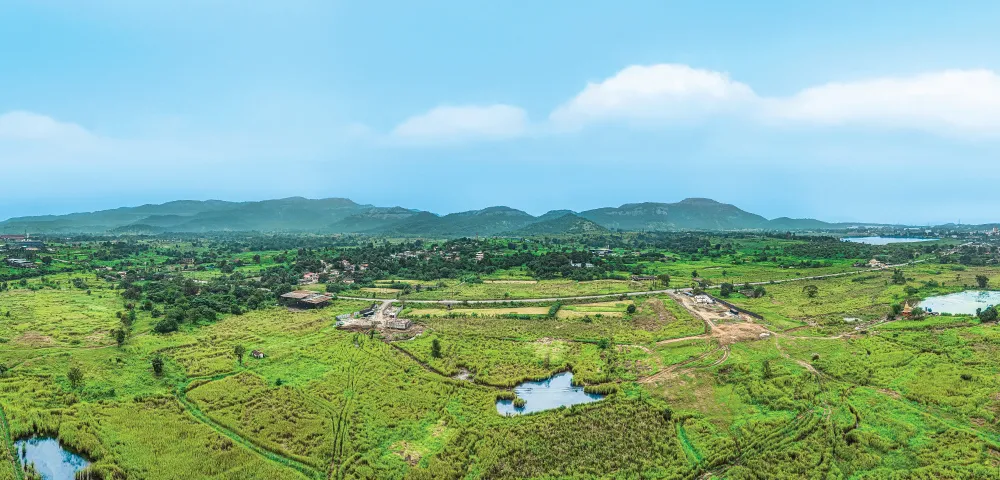Mumbai Metro Line 8 – The Gold Line: Bridging Airports, Boosting Connectivity, Transforming Real Estate
By lodha
June 25, 2025
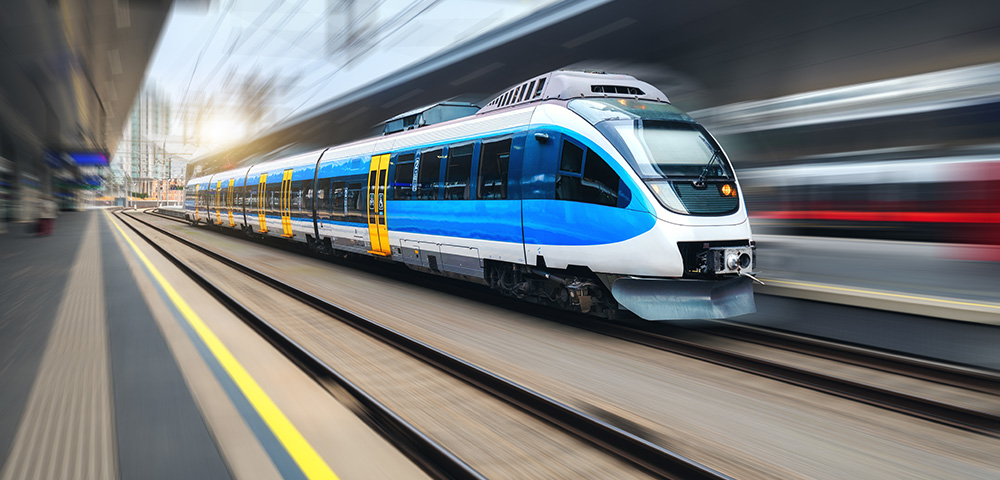
As Mumbai reinvents its infrastructure to meet the needs of a fast-expanding metropolis, the focus is no longer limited to roads and bridges. Mass rapid transit has taken centre stage. With the successful commissioning of the Mumbai Trans Harbour Link (MTHL), commonly known as the Atal Setu, the Mumbai Coastal Road, multiple Mumbai Metro lines across the MMR, and the upcoming Navi Mumbai International Airport, the city is steadily stitching together a more connected and liveable urban fabric. One of the most ambitious projects in this transformation is Mumbai Metro Line 8—aptly named the Gold Line.
A dedicated Airport Express corridor, the Gold Line is designed to link Chhatrapati Shivaji Maharaj International Airport (CSMIA) in Andheri with the Navi Mumbai International Airport (NMIA), which is expected to commence operations in 2025. This high-speed metro line promises not only to revolutionise inter-airport travel but also to unlock immense value for real estate across Mumbai and Navi Mumbai.
What is the Gold Line?
Officially known as Mumbai Metro Line 8, the Gold Line is a proposed 35-kilometre mass rapid transit system that will connect two of the region’s most critical air transport hubs. Called Soneri Margika in Marathi, the Gold Line has been envisioned as a fully elevated, high-speed corridor, though newer reports suggest a combination of underground and elevated stretches.
On 27 January 2025, the Maharashtra Government approved the project via a Government Resolution (GR), to be developed under a Public-Private Partnership (PPP) model. With an estimated project cost of ₹15,000 crore, Line 8 aims to mirror the success of Delhi’s Airport Express Line—serving fewer stops to ensure seamless and rapid connectivity.
Gold Line Route Map and Key Stretches
The Gold Line will be developed in phases across four main stretches:
Andheri (CSMIA T2) to Ghatkopar
Ghatkopar to Mankhurd
Mankhurd to Seawoods
Seawoods to NMIA
Beginning at Terminal 2 of the CSMIA in Andheri, the line will run underground until Chedda Nagar in Chembur, after which it will emerge onto an elevated alignment heading towards Navi Mumbai. The line is expected to pass through Kurla, Lokmanya Tilak Terminus (LTT), Mankhurd, Vashi, Nerul, and Belapur—connecting key urban nodes across the MMR.
At the Sagar Sangam Interchange station near the NMMC headquarters, the Gold Line will seamlessly integrate with Line 1A of the Navi Mumbai Metro, which CIDCO is currently extending from Belapur to NMIA.
Travel Time and Ridership: A Game-Changer
Currently, the travel time between CSMIA in Mumbai and NMIA in Navi Mumbai can exceed two hours by road, depending on traffic. The Gold Line is expected to cut this down to just 30 minutes, making it the fastest mode of transport between the two airports.
Designed as an express line, trains are anticipated to run every 15 minutes, prioritising speed over volume. Despite the lower frequency, the Gold Line is projected to handle a daily ridership of approximately 5 lakh commuters, given its speed, efficiency, and connectivity to key locations.
Construction Status and Responsibilities
The responsibility for constructing the Gold Line is divided between:
MMRDA – managing construction in the Mumbai region
CIDCO – handling works in the Navi Mumbai jurisdiction
While a definitive timeline for commencement and completion is still awaited, the Detailed Project Report (DPR) is finalised, and alignment discussions are in advanced stages.
Environmental and Traffic Benefits
The Gold Line isn’t just a transit solution; it’s a sustainability intervention. By offering a fast, convenient alternative to road travel, it is set to reduce the number of vehicles on already-congested city roads, thereby directly impacting the Air Quality Index (AQI). Fewer cars and taxis mean fewer emissions—and a healthier, more breathable Mumbai.
Gold Line’s Ripple Effect on Real Estate
Historically, metro infrastructure has had a direct, upward impact on real estate values—both residential and commercial. The Gold Line is no exception. Areas along its route—Andheri, Ghatkopar, Vashi, Seawoods, and Panvel—are already witnessing renewed developer interest.
Andheri (W): ₹28,133/sq.ft average
Ghatkopar (W): ₹18,057/sq.ft average
Seawoods: ₹17,699/sq.ft average
Panvel: ₹6,863/sq.ft average
Rental yields in these areas are also buoyant, with Andheri (W) commanding average monthly rents of over ₹76,000, and Seawoods touching ₹64,000. The prospect of seamless airport access is likely to amplify both demand and price points.
Moreover, established hubs like Andheri and Ghatkopar could attract greater commercial investments, particularly from sectors that depend on international travel. Navi Mumbai, with its thoughtfully planned infrastructure and upcoming airport, is poised for exponential growth, especially in Seawoods Darave, Ulwe, and New Panvel.
Conclusion: The Gold Line—Mumbai’s Next Leap Forward
Mumbai Metro Line 8 is not just a corridor—it is a statement of intent. It marks Mumbai’s evolution into a truly global city with world-class inter-airport connectivity, urban planning, and sustainability credentials. The Gold Line promises to not only transform how we commute but also redefine how we live and invest.
At Lodha, we recognise the catalytic impact of infrastructure on lifestyle and long-term value. That’s why our developments are thoughtfully located along key transit corridors, offering not just homes, but future-ready urban ecosystems. As the Gold Line takes shape, Lodha continues to invest in locations that will thrive in the new age of mobility and access—delivering elevated living, intelligent design, and enduring value for generations to come.
You may also like



 Enquire
Enquire
 Call
Call
 chat
chat
 Search
Search
